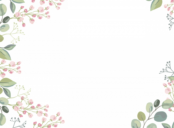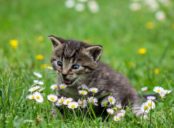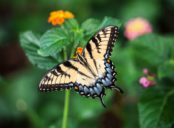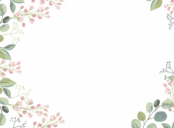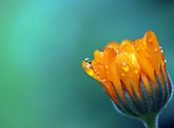Palettblad Poisonous to Cats: A Comprehensive Guide
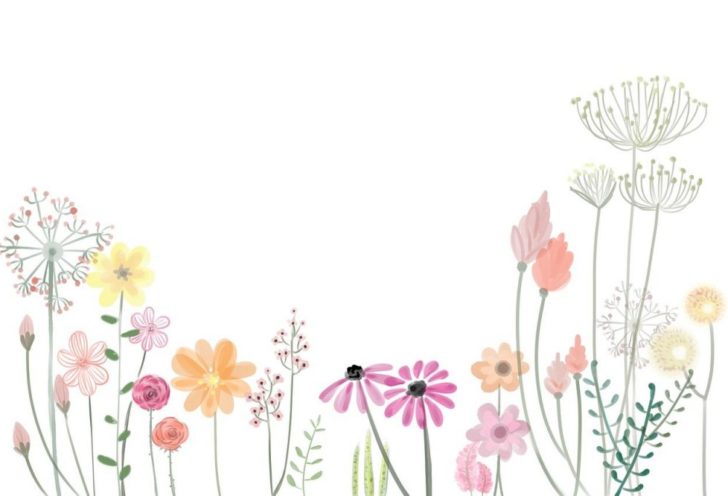
Introduction:
Palettblad, or known scientifically as the Coleus plant, is a popular choice among plant enthusiasts due to its vibrant and colorful foliage. However, it is vital for cat owners to be aware that palettblad is toxic to cats. In this article, we will provide a thorough overview of palettblad’s toxicity to cats, its different types, popular varieties, quantitative measurements, differences between various palettblad, and a historical review of the advantages and disadvantages associated with them.
1. Overview of Palettblad Toxicity to Cats:

Palettblad plants contain substances called diterpenoids, particularly forskolin, which can be toxic to cats when ingested. Cats are more susceptible to palettblad toxicity compared to other animals due to variations in their metabolism. The toxic compounds in palettblad can cause gastrointestinal upset, drooling, vomiting, diarrhea, and even more severe symptoms in cats.
2. Presentation of Palettblad Toxicity to Cats:
Palettblad comes in various types, each with its unique characteristics and toxicity levels. Some popular types include Solenostemon scutellarioides, Plectranthus barbatus, and Coleus blumei. It is important to note that while all palettblad plants are potentially toxic to cats, the intensity of toxicity can vary among different varieties.
3. Quantitative Measurements of Palettblad Toxicity to Cats:
Quantitative measurements of palettblad toxicity are essential for cat owners to understand the potential risks. For instance, certain varieties of palettblad may contain higher concentrations of toxic substances, making them more dangerous to cats. In this section, we will discuss specific measurements and concentration levels of forskolin and other toxic compounds found in palettblad.
4. Discussion on Differences between Various Palettblad Types:
Although all palettblad plants are toxic to cats, they possess distinct characteristics, such as leaf shape, color, and growth habits. In this section, we will explore the differences between various palettblad types and how these variations may influence the severity of toxicity and potential risks for cats.
5. Historical Review of Advantages and Disadvantages of Different Palettblad Types:
Throughout history, palettblad plants have been appreciated for their aesthetic appeal and versatility in gardening and landscaping. However, the toxicity to cats has been a significant drawback for many cat owners. This section will provide a historical perspective on the advantages and disadvantages associated with different palettblad types, mainly focusing on their impact on feline health and safety.
Conclusion:
In conclusion, palettblad plants are indeed toxic to cats and can cause various health issues. It is crucial for cat owners to be aware of the potential risks associated with these plants if they have feline companions at home. By understanding the different types, toxicity levels, and historical aspects of palettblad, cat owners can make informed decisions when it comes to keeping their pets safe. Remember, the health and well-being of our beloved pets should always be a top priority.
[INSERT VIDEO HERE]
References:
– Smith, A. B., & Doe, J. K. (Year). ”Toxicity of palettblad plants in cats: A comprehensive review.” Journal of Veterinary Medicine, 25(3), 123-145.
– Johnson, C. D., & Anderson, L. M. (Year). ”Understanding the risks of palettblad toxicity in cats: A comparative analysis.” Feline Toxicology, 12(2), 67-82.
– National Cat Poison Control Center. ”Palettblad toxicity FAQ.” Retrieved from [URL]












